Your Essential Guide to Retinol
Retinol is a form of vitamin A which is famed for its skin-transforming abilities explains. This wonder ingredient is a multi-tasker increasing cell turnover, boosting collagen production and regulating oil production.
Which means it can help:
✨ Reduce the appearance of fine lines.
✨ Clear pores.
✨ Help with acne breakouts.
✨ Brighten skin tone.
✨ Reduce pigmentation (brown spots and patches).
✨ For me it’s a must-have in our skincare arsenal.
Who should use retinol?
Most skins benefit from retinol. However, it’s not recommended if you’re pregnant, planning or nursing – and take professional advice if you have eczema or rosacea too.
Starting with retinol
Retinol (also known as Vitamin A) has incredible benefits to help diminish fine lines, wrinkles, increase collagen production, and improve overall skin tone and texture. However, the common complaint is it makes the skin feel dry and irritated.
If you’re a retinol newbie, consider a safe Diego dalla Palma Professional Regenerating Retinol Serum which contains VitAlease. VitAlease is a new form of encapsulated Retinol, made from Carnauba Wax; a lipid based anti-oxidant. Vit Alease ensures Retinol releases slowly and over time, with antioxidant properties ensuring no adverse side effects, desquamation or discomfort. Also, the formula of VitAlease is stabilized at 2%. Ensuring maximum Retinol stability, penetration and sustained long- lasting time released delivery.
Research showed that the penetration of VitAlease is significantly higher after -hours compared to 7% retinol solution. Its slow release renders it more effective and tolerable than other retinol cosmetics on the market.
The same “safe” message goes for frequency says Marvice. Start using it once or twice a week, and as your skin gets accustomed, you can increase the frequency.
She adds: “Remember, it’s all about finding what works best for your skin. Your therapist is always delighted to discuss any concerns or questions you have.”
Side effects of retinol
It can cause dryness, peeling, make your skin more sensitive to sunlight, and irritated by other products cautions Marvice. Hence the need to start slowly.
If you’re booked in for facials, chemical peels, laser treatments or facial waxing I recommend you stop using retinol at least a week before your appointment. Always check well in advance with your therapist who can give you personalized advice on timing.
Retinol also makes skin more sun sensitive. If you are going to be outside, then it’s crucial you wear a broad-spectrum, high SPF sunscreen such as ELTA MD UV Clear SPF 46 or Diego dallam Palma Professional Supreme Uniforming and Illuminating Cream SPF50 every day as the risk of burning is greatly increased.
Avoid peak sun hours, seek shade and wear a broad-brim hat advises Marvice.
When can you expect to see results?
From experience, I’d say it takes at minimum around four weeks, and at maximum up to three months to start reaping the benefits from retinol.
Need some expert advice?
Retinol can be a game-changer for your skin, offering a range of benefits from anti-ageing to acne treatment. However, patience and consistency are key to seeing transformative results. And remember, every skin is unique, so what works for one person might not work for another.
Interested in adding retinol to your skincare routine or have some questions? Book a consultation with Marvice to find the perfect retinol product tailored to your unique skin’s needs.
Let’s start your journey to more radiant, glowing, healthy skin. Call 604-306-7531 to book your consultation.


